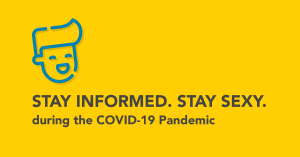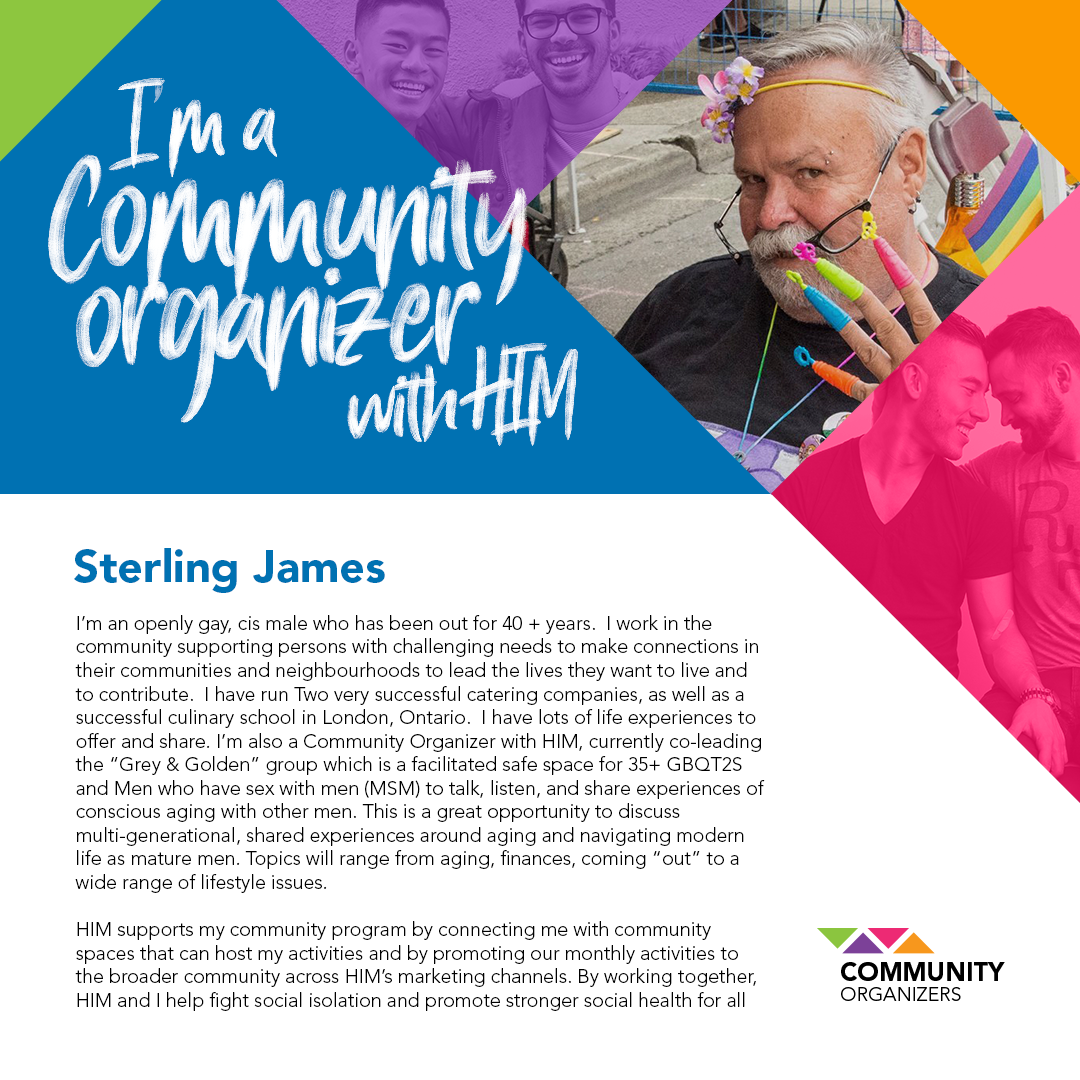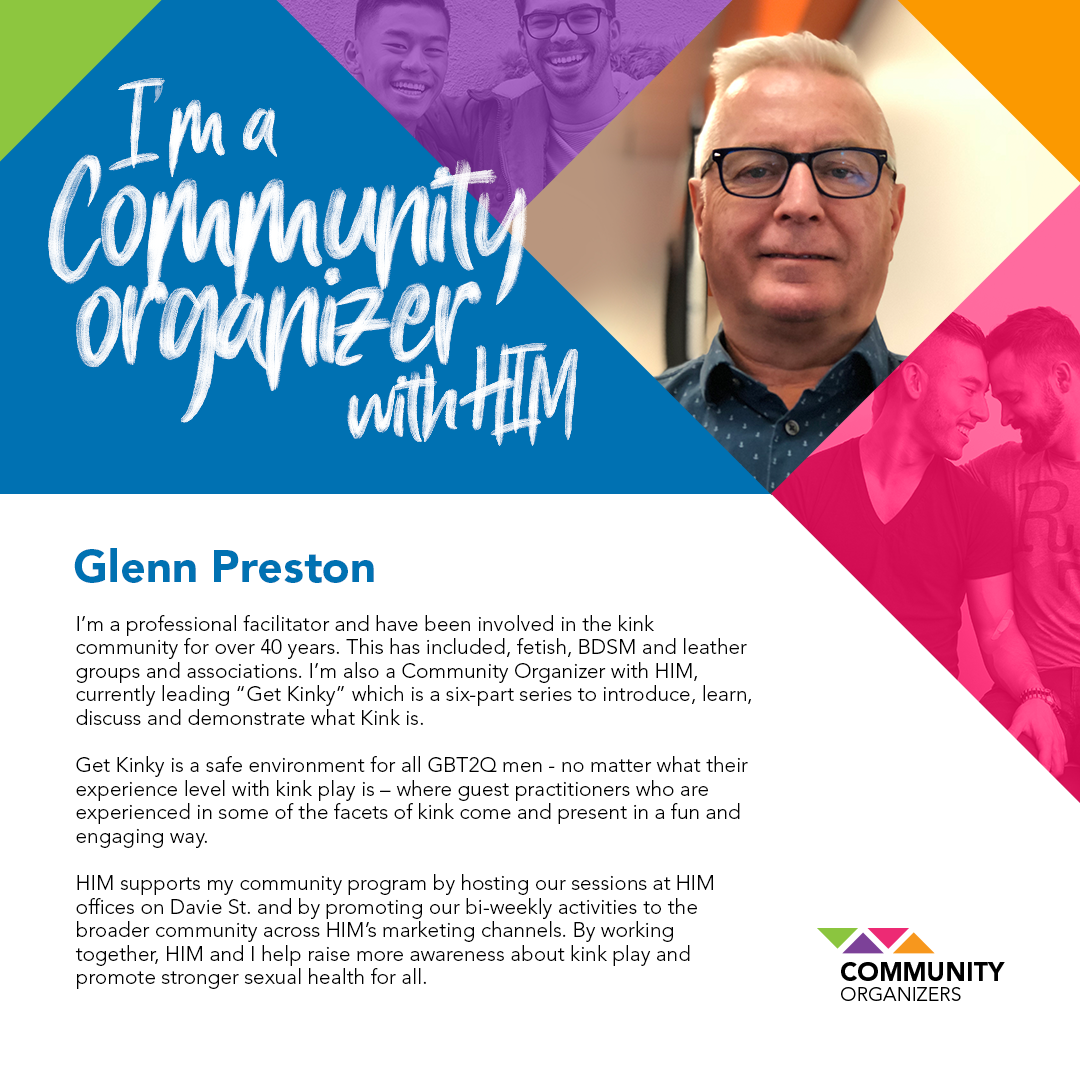Testing:
B.C. has expanded testing to find new cases and prevent spread of COVID-19 in the community.
Testing is recommended for anyone with cold, influenza or COVID-19-like symptoms, even mild ones. Symptoms include:
- Fever
- Chills
- Cough or worsening of chronic cough
- Shortness of breath
- Sore throat
- Runny nose
- Loss of sense of smell or taste
- Headache
- Fatigue
- Diarrhea
- Loss of appetite
- Nausea and vomiting
- Muscle aches
While less common, symptoms can also include:
- Stuffy nose
- Conjunctivitis (pink eye)
- Dizziness, confusion
- Abdominal pain
- Skin rashes or discoloration of fingers or toes.
Children have similar symptoms to adults, but are less likely to have fever, shortness of breath or cough. COVID-19 causes mild illness in the majority of cases in children.
While anyone can get tested, some symptoms can also be signs of other conditions or medical issues and you may need to seek medical care. If you are unsure whether to seek medical care or get tested, contact your health care provider, call 8-1-1 or use the BC COVID-19 Self-Assessment Tool.
Find a collection centre to be assessed and get tested:
Click here for a list of collection centres in the province to find one near you. You can also call 8-1-1 to find the nearest centre. Most COVID-19 testing sites in B.C. can test children and youth.
Self-Isolation
Learn about self-isolation and self-monitoring, what to do if you get sick, and how to prevent the spread of COVID-19.
Self-isolation means staying home and avoiding situations where you could come in contact with others. You may have been exposed to the virus and are at risk for developing COVID-19 and passing it on to others. You should not self-isolate in a place where you will be in contact with vulnerable people, such as seniors and individuals with underlying health conditions.
See the self-isolation dos and don’ts information sheet:
- Stay at home. Do not go to work, school, or public areas, do not use public transport or taxis.
- Wash your hands or use alcohol-based hand sanitizer often.
- Ask friends or relatives if you require help with buying groceries, other shopping or picking up medication. Alternatively, you can order groceries and medication by phone or online.
- Do not have visitors in your home except if they are providing care or delivering goods and supplies, and in that case, maintain a distance of 2 meters.
- Clean and disinfect high-touch surfaces.
- Self-isolation can end 14 days after the last contact or return to Canada if you have not developed symptoms.
How long to isolate if you have symptoms?
If you are diagnosed with COVID-19 and have symptoms that can be managed at home, please self-isolate until the following criteria are met:
- At least 10 days have passed since the start of your symptoms, AND
- Your fever is gone without the use of fever-reducing medications (e.g. Tylenol, Advil), AND
- You are feeling better (e.g. improvement in runny nose, sore throat, nausea, vomiting, diarrhea, fatigue).
Coughing may persist for several weeks, so coughing alone does not require you to continue to isolate. If you are unsure whether your symptoms are related to allergies or an infection, check with your health care provider.
Sometimes people with COVID-19 have mild illness, but their symptoms may suddenly worsen in a few days. If your symptoms worsen or you become short of breath, call your family physician or nurse practitioner for immediate medical attention. If you are unable to reach your regular care provider, seek care in an Urgent & Primary Care Centre (UPCC) or Emergency Department.
If you became ill after being in contact with a confirmed case or arriving from outside of Canada, continue to self-isolate for 14 days or 10 days after symptoms started, whichever is longer.








